Sa Lung River is the largest branch of Ben Hai River. When flowing through Vinh Long commune, Sa Lung River witnessed the ups and downs, the events of a small village named Sa Long. On this land, there is a very sacred historical and cultural relic of the Temple of Lady Vuong Phi of the Le family, which is respected and worshiped by the people until now.

Mr. Le Phuoc Bai lights incense at the altar of Princess Le - Photo: TRAN TUYEN
From the Sa Lung River...
The Sa Lung River originates from the foot of the Truong Son mountain range, through Bai Ha area (Vinh Ha commune), then flows to the plains of the communes: Vinh Long, Vinh Thuy, Vinh Lam, Vinh Son... Originally, the birth name of this river was Sa Long, associated with the legend of "falling dragon" in the prehistoric times.
Once upon a time, no one remembers the exact time, on a beautiful sunny day, suddenly dark clouds covered the sky, thunder and lightning were fierce, wind and rain were pouring down. A dragon appeared, riding on the dark clouds flying from the sea to the mainland following the hurricane.
After passing Ho Xa area, the dragon was exhausted and swooped down. After a while, the dragon struggled to fly up again, heading towards Truong Son mountain range. At first, the dragon touched the foot of Truong Son mountain range, suddenly the rain stopped, the wind dissipated, the sky became clear blue again, the sun was bright yellow.
The dragon descended here to prepare for birth. While writhing in pain, its two front legs scratched the ground, creating two large lakes, and underground water surged. After giving birth, the dragon was exhausted and died, leaving its form carved into the ground.
From where the dragon's head fell, water flowed down the dragon's body, creating a river that flowed into the Minh Luong River (today's Ben Hai River) at the end of its source. The name Sa Long River (meaning Sa Long Dragon) came from that.
At the two lakes formed when the mother dragon struggled and scratched during childbirth, later people inherited the source from underground to build two large irrigation works of great significance to the plains of Vinh Linh district.
They are La Nga Lake and Bao Dai Lake. There is another lake in Vinh Chap Commune, which the locals call Sao Sa Pond. That pond is the tail of the dragon wagging when it was born.

Sa Nam village (formerly Sa Long village) is located on the right bank of Sa Lung river - Photo: TRAN TUYEN
For generations, the Sa Long River has provided water and alluvium for a vast, fertile plain of Vinh Linh district. That is why groups of migrants from the North who came to open up land stopped here to settle down, creating peaceful villages, including Sa Long village.
To Sa Long village
To find out the origin of the place name Sa Long village, I went to Sa Nam village, Vinh Long commune to meet Mr. Le Phuoc Bai (71 years old). Mr. Bai used to work in the army and retired in 2013 with the rank of lieutenant colonel.
After retiring, he returned to his hometown and worked as the Party Secretary of Sa Nam village for 10 consecutive years. He is currently the Chairman of the Le Clan Council in Vinh Linh district, Deputy Head of the Le Phuoc Clan in Sa Nam village, and Head of the Management Board of the Le Family's Lady Vuong Phi Temple. Mr. Bai is the 16th generation descendant of the Le Phuoc clan in Sa Long village.
According to the genealogy of the Le family (a family considered to be the pioneers in Sa Long village), written from the Canh Tri period (1663) to the Thieu Tri period, the 12th generation descendant, Doctor Le Duc (passed the Doctorate in 1841, then was appointed as Han Lam Vien Bien Tu, Quoc Tu Giam Tu Nghiep, Chuong An Ho Bo Cap Su Trung and Governor of Vinh Long province), researched and restored it after returning to the old district, Sa Long village (Sa Long commune, Nam Truc district, Nam Dinh province) to verify the origin of the Le family, the ancestor of the Le family named Le Viet Thuc (from Nam Truc district, Nam Dinh) had the first merit of founding Sa Long village (Minh Linh district). He gave birth to three children, "Honorable men, noble women, directly opened up mountains and rocks, recruited people to establish villages, leaving behind great achievements that will not change for generations to come".
Sa Long village has 5 clans considered to be the pioneers and co-leaders, including: Le Da, Le Van, Le Phuoc, Vo, Ho. Among them, the ancestor of the Le Da clan is Mr. Le Dai Lang (aka Le Quang Phu), buried in the area of the Temple of Lady Vuong Phi of the Le clan (in Loi Xo Ro), and is revered by the villagers as the pioneer. Mr. Le Quang Phu is the paternal uncle and the person who directly raised the three brothers of Lady Le Quy Phi when their parents passed away early.
Mr. Le Viet Dao was the ancestor of the Le Van family and Mr. Le (anonymous) was the ancestor of the Le Phuoc family. The villagers honored them as Hau khai canh. After settling down in the new land, they returned to their hometown and buried Mr. Le Viet Thuc and his wife in Loi Tai Mang.
According to the book “O Chau Can Luc” written by Duong Van An in 1555, during the reign of the Later Le Dynasty, King Le Thanh Tong had a policy of expanding the territory, bringing people to Chau O to settle down. Queen Le Quy Phi led a group of followers along with her elder brother and younger brother, Mr. Le Viet Dao and Le (unknown) who were given titles by the king, to the South to reclaim the land.
When arriving at Truong Nha Ho (adjacent to Ho Xa), Queen Le Quy Phi and her entourage turned into a land with dense vegetation. Going a little further, they encountered the Sa Long River. Seeing the prosperity here, the Queen and her entourage decided to stop and gather people from various places (mainly the North) to build a village.
A vast land from Co Kieng (Vinh Khe commune), Sen Thuy (Quang Binh) to the entire plain of Vinh Linh district was cleared for growing rice, crops, raising livestock and poultry, and people's lives were prosperous. The Queen and the mandarins taught the people to build houses, to unite, love and protect each other to fight against wild animals, robbers, and to guard against invaders.
Thus, Sa Long village was born at the end of the 15th century and the name Sa Long was taken from the original name in the North, Sa Long village, Sa Long commune, Nam Truc district, Nam Dinh. The person who opened the village was Mr. Le Quang Phu. Princess Le, her brother Mr. Le Viet Dao and her younger brother Mr. Le (unknown) were the ones who made great contributions in expanding the territory to the South.
The name Sa Long River and Sa Long village has existed for a long time in history. During the reign of King Gia Long, all village names, including people's names, were not allowed to be named Long. If they were already named, they had to be changed, to avoid taboos. Therefore, Sa Long River had to be called Sa Lung, and Sa Long village was changed to Sa Trung. "Over time, the population of Sa Trung village increased, so later, Sa Trung village was divided into 4 small villages, including: Sa Nam, Sa Bac, Hoa Nam and Trung Lap," said Mr. Bai.
And the Temple of the Le Dynasty Queen
Regarding the title of Princess Le, the book “O Chau Can Luc” by Duong Van An mentioned as follows: “Lady Le: She was originally from Sa Lung commune, Minh Linh district, and was a daughter who served in the palace. When Man Le Vuong (ie King Le Uy Muc) was still in the palace (the residence of princes before ascending the throne) and was studying with the deputy king, she also came to study here. The king found her pleasing, and the two became attached to each other.
One day, Vuong used his foot to poke her leg. When she returned, she told her master about it. Her master said: "So Vuong tested you. If you see Vuong doing that in the future, use both hands to cover Vuong's leg to show your affection."
The next day, she did exactly as her master had told her. The King was very pleased and from then on did not intentionally tease her anymore. She also kept her beautiful love a secret and did not reveal it. When the King ascended the throne, she was recruited into the harem. Being an intelligent person, she was loved the most, so she was promoted to be a concubine.
Princess Le was brought into the harem by King Le Uy Muc and made his wife Princess. After King Le Tuong Duc dethroned her and demoted Le Uy Muc to King Man Le, later historical books often gave the name Princess Le as Man Le Phi.
Sa Long village is where Lady Vuong Phi Le stayed during the time of recruiting people to open land and establish the village. To commemorate the great contributions of the Lady, the people of Sa Long village built a temple to worship her right after her death. During the dynasties of Minh Mang, Thieu Tri, Tu Duc, there were royal decrees and gifts for the Lady at the temple (currently, the royal decrees and gifts no longer exist due to the destruction of war, some have been lost). The Lady Vuong Phi Le temple has been recognized as a historical and cultural relic by the Provincial People's Committee. Every year, on the 27th day of the third lunar month, the people of Sa Long village hold a ceremony to worship the Lady according to the rituals of the ancient royal court.
Tran Tuyen
Source


![[Photo] Prime Minister Pham Minh Chinh chairs the regular Government meeting in March](https://vstatic.vietnam.vn/vietnam/resource/IMAGE/2025/4/6/8393ea0517b54f6791237802fe46343b)
![[Photo] Vietnamese rescue team shares the loss with people in Myanmar earthquake area](https://vstatic.vietnam.vn/vietnam/resource/IMAGE/2025/4/6/ae4b9ffa12e14861b77db38293ba1c1d)
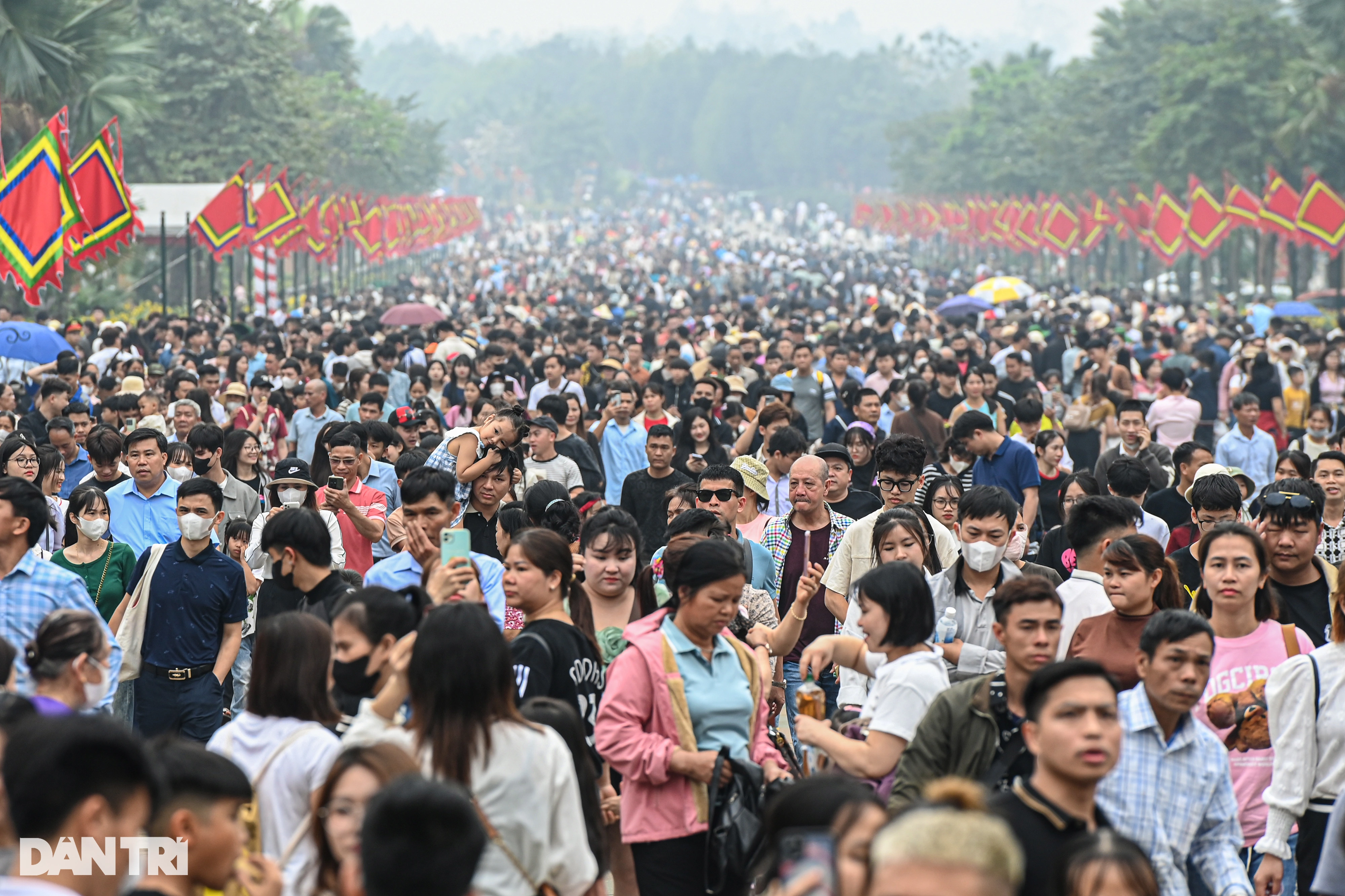
![[Photo] Solemn Hung King's Death Anniversary in France](https://vstatic.vietnam.vn/vietnam/resource/IMAGE/2025/4/6/786a6458bc274de5abe24c2ea3587979)






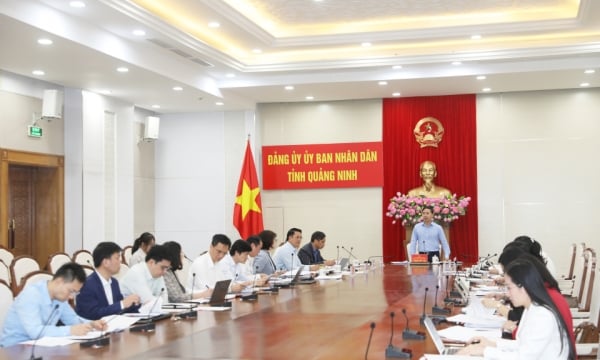
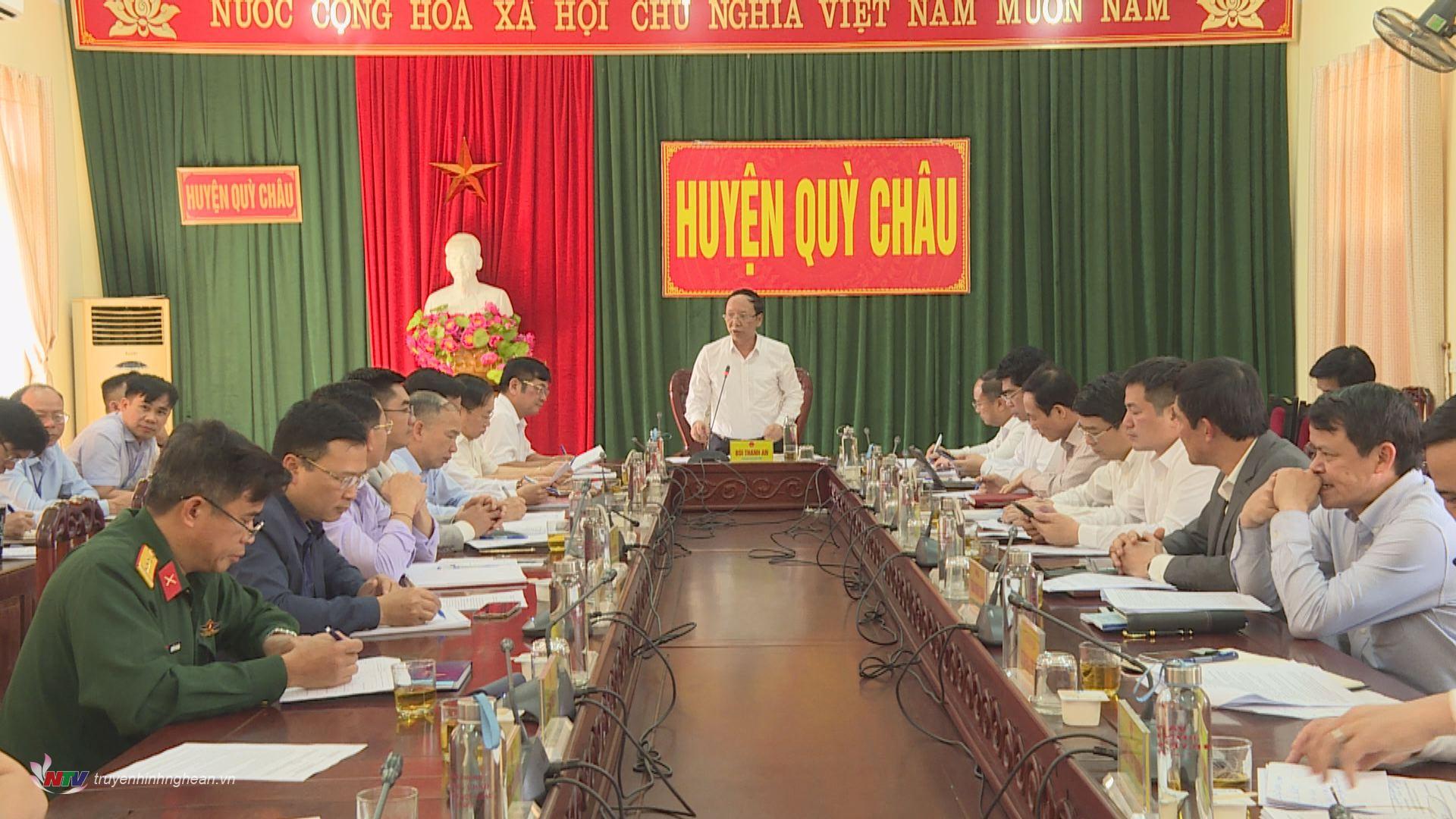
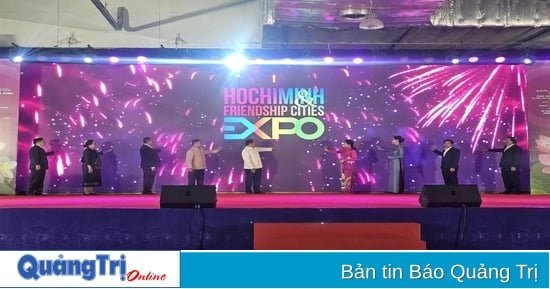
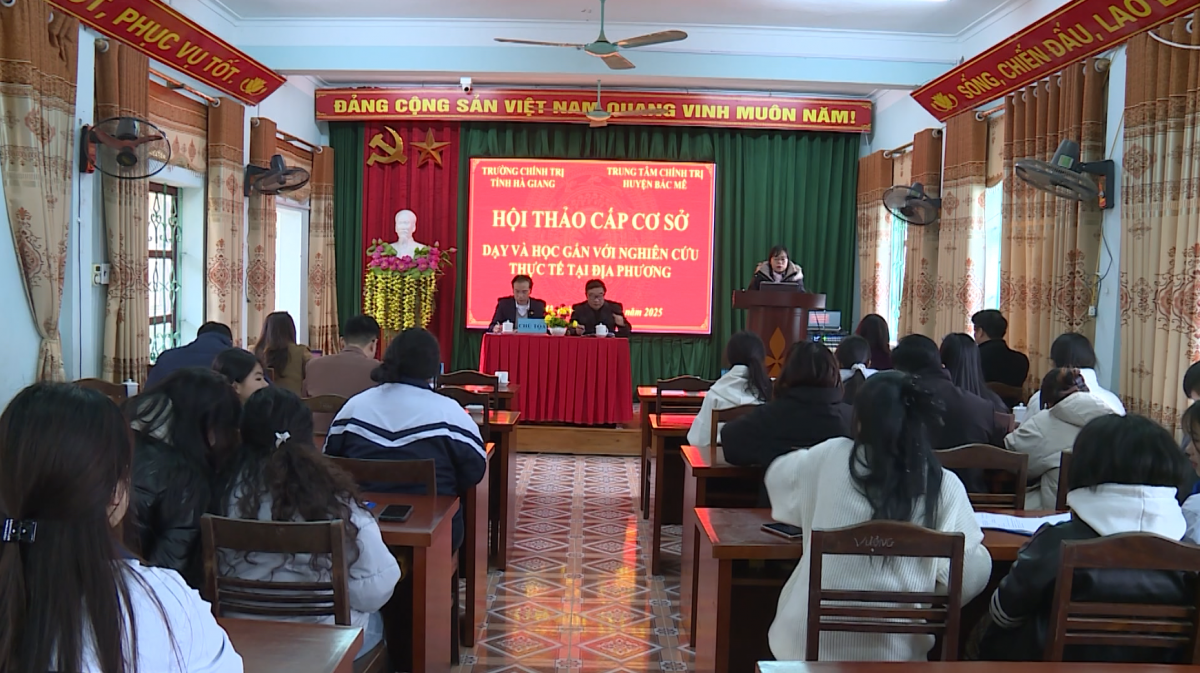




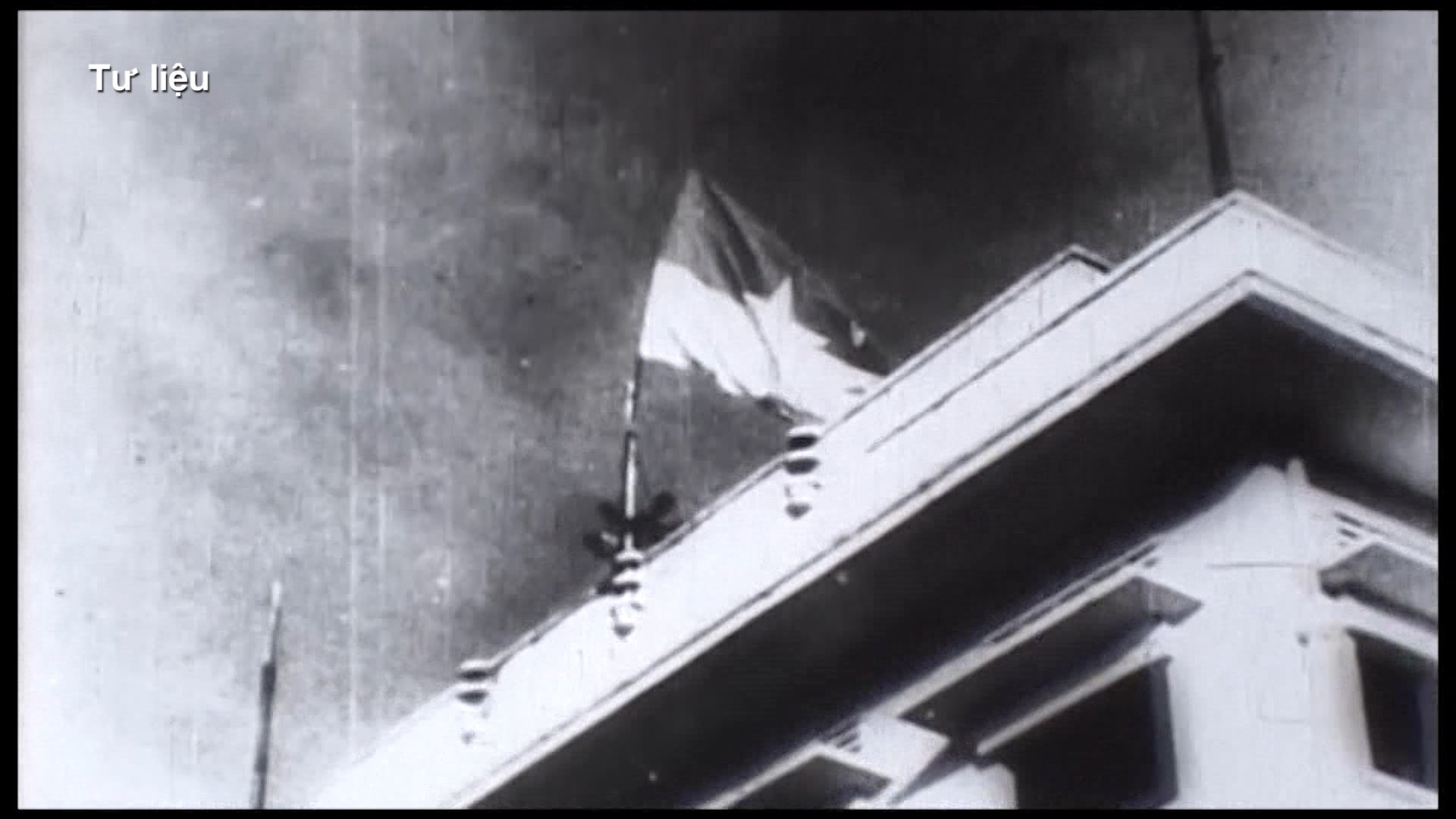

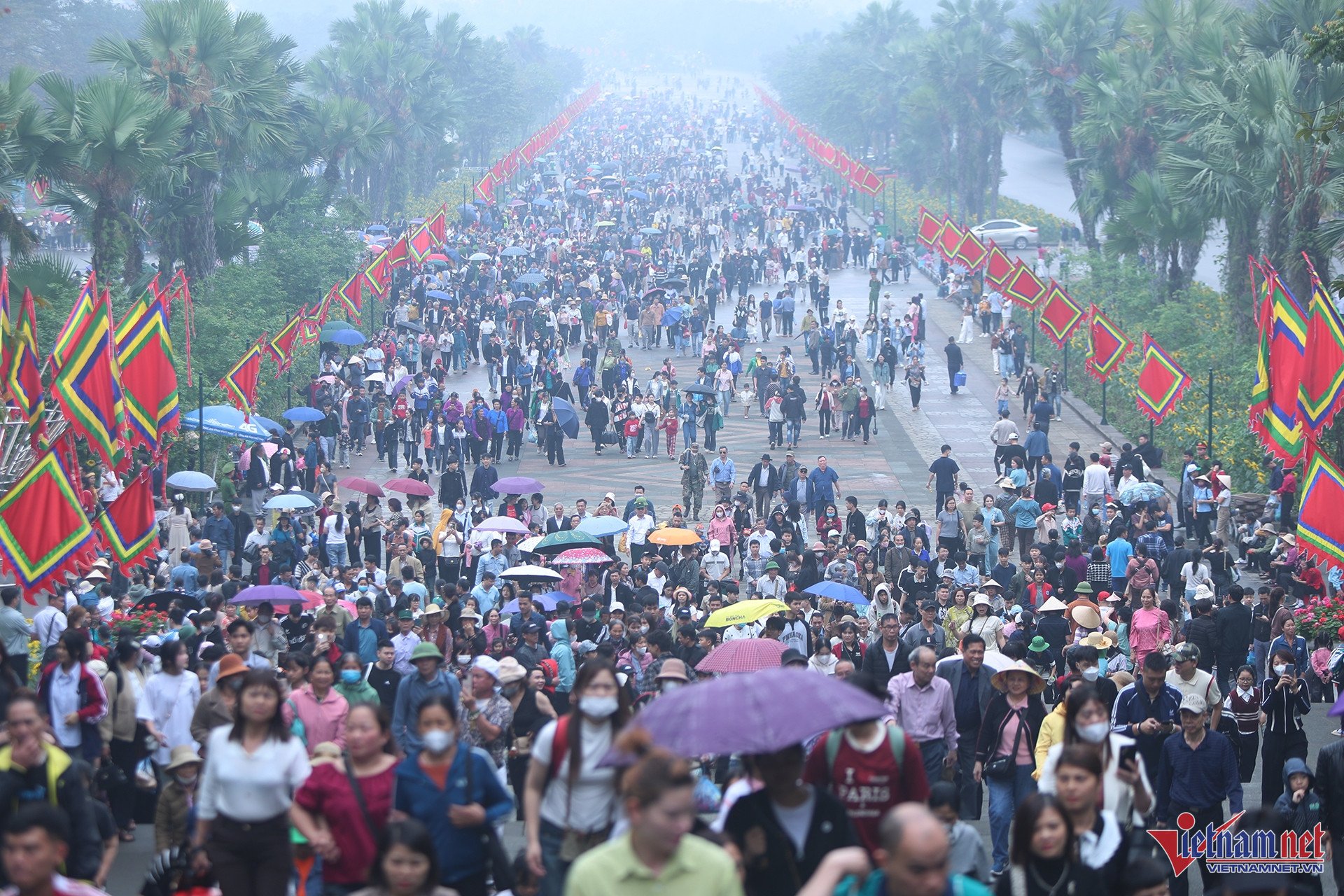

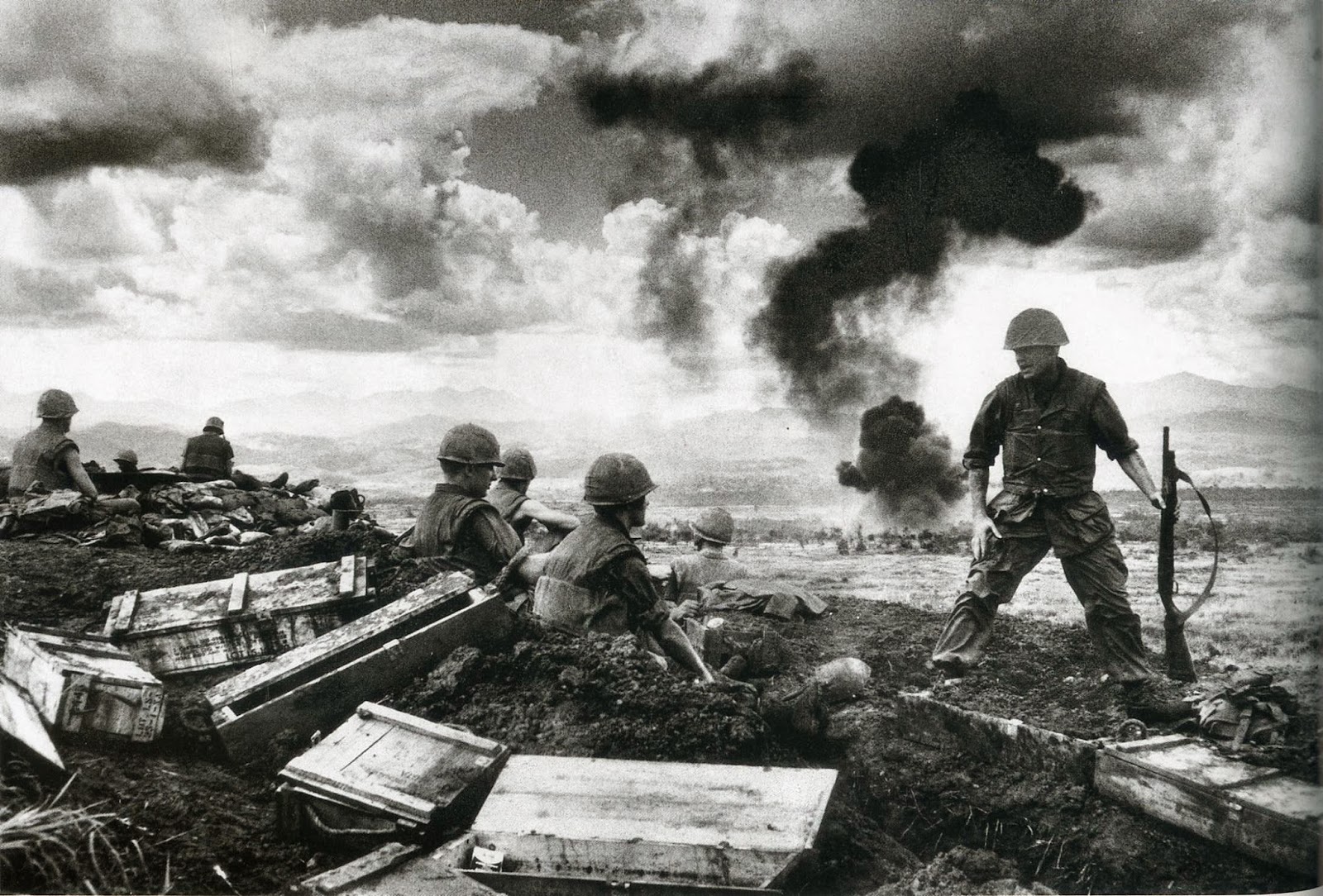
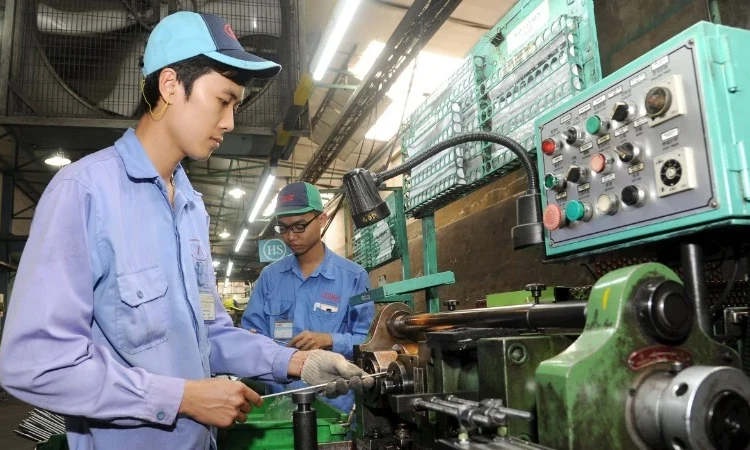
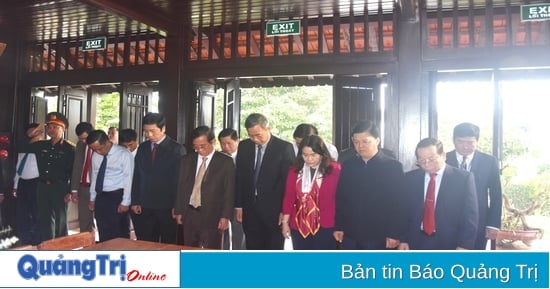
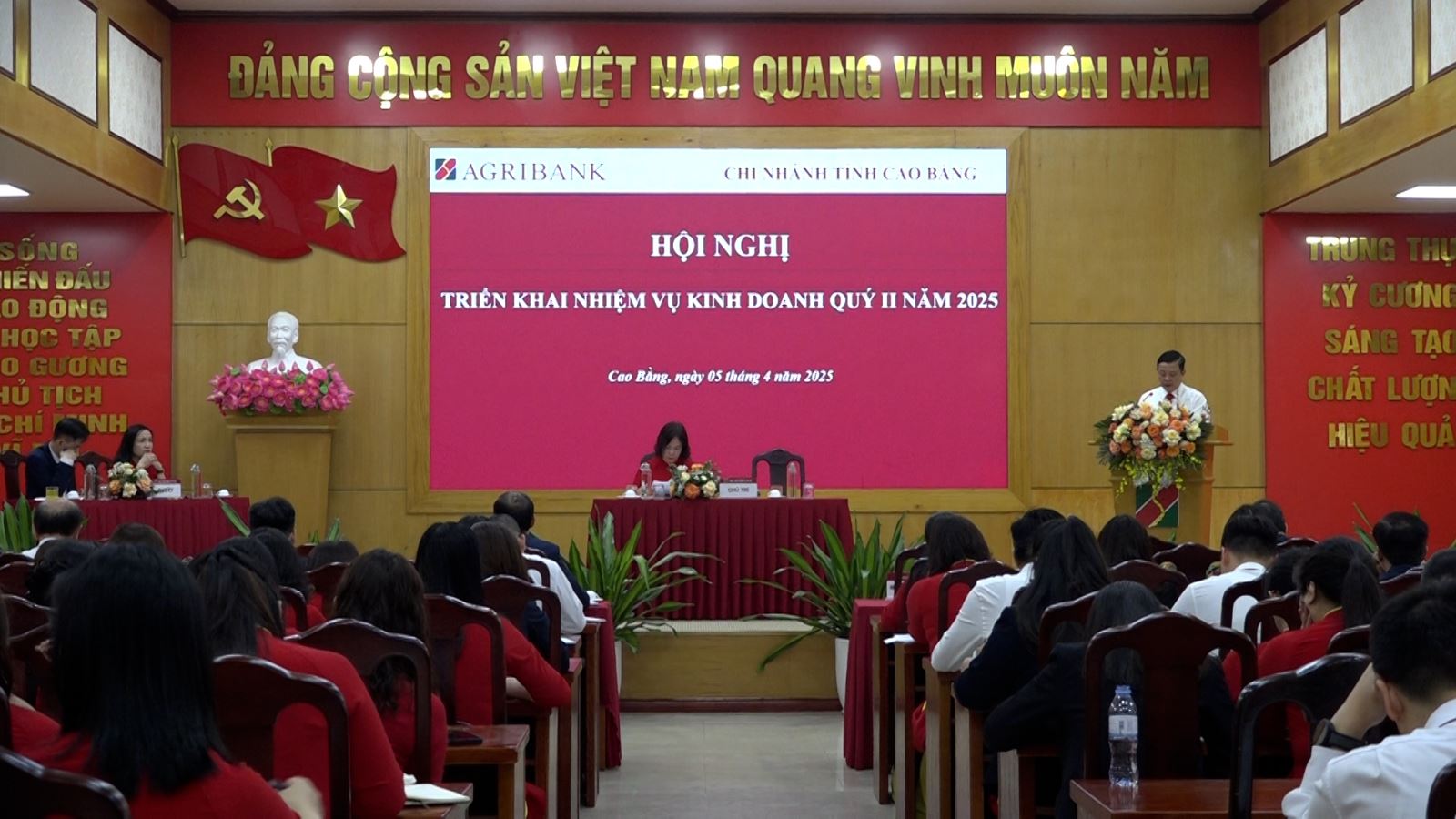
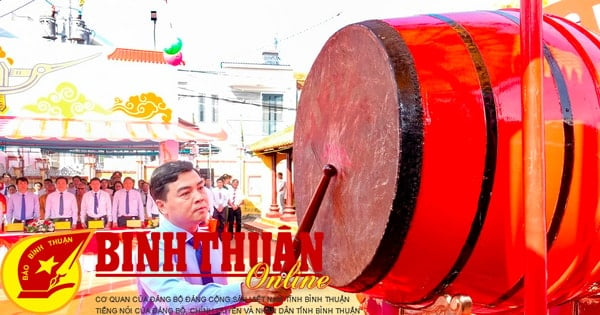
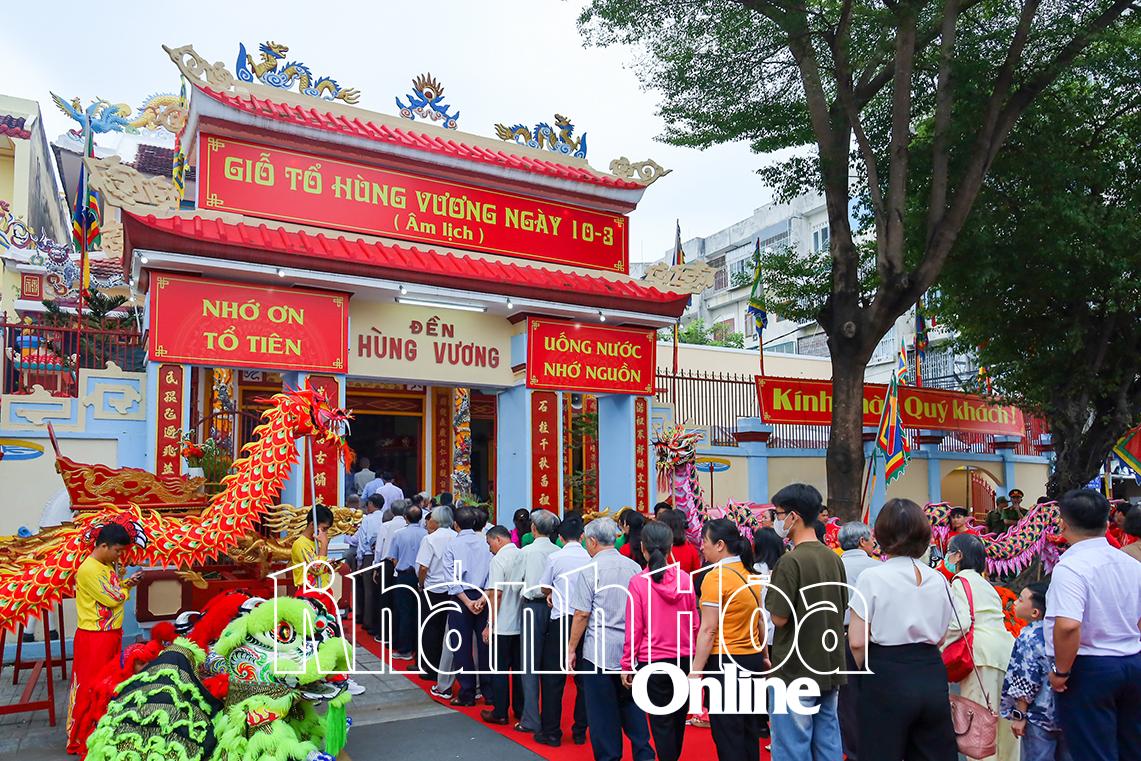
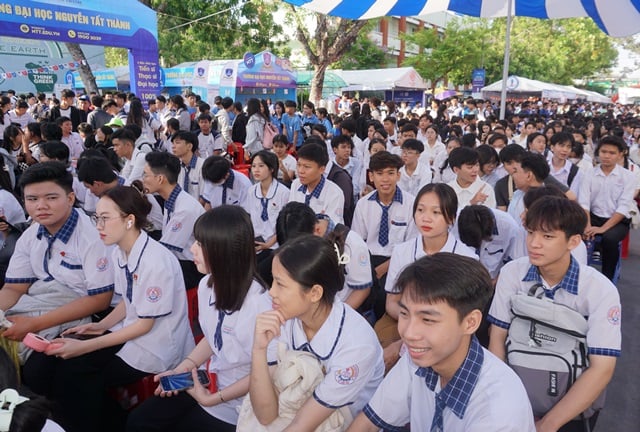
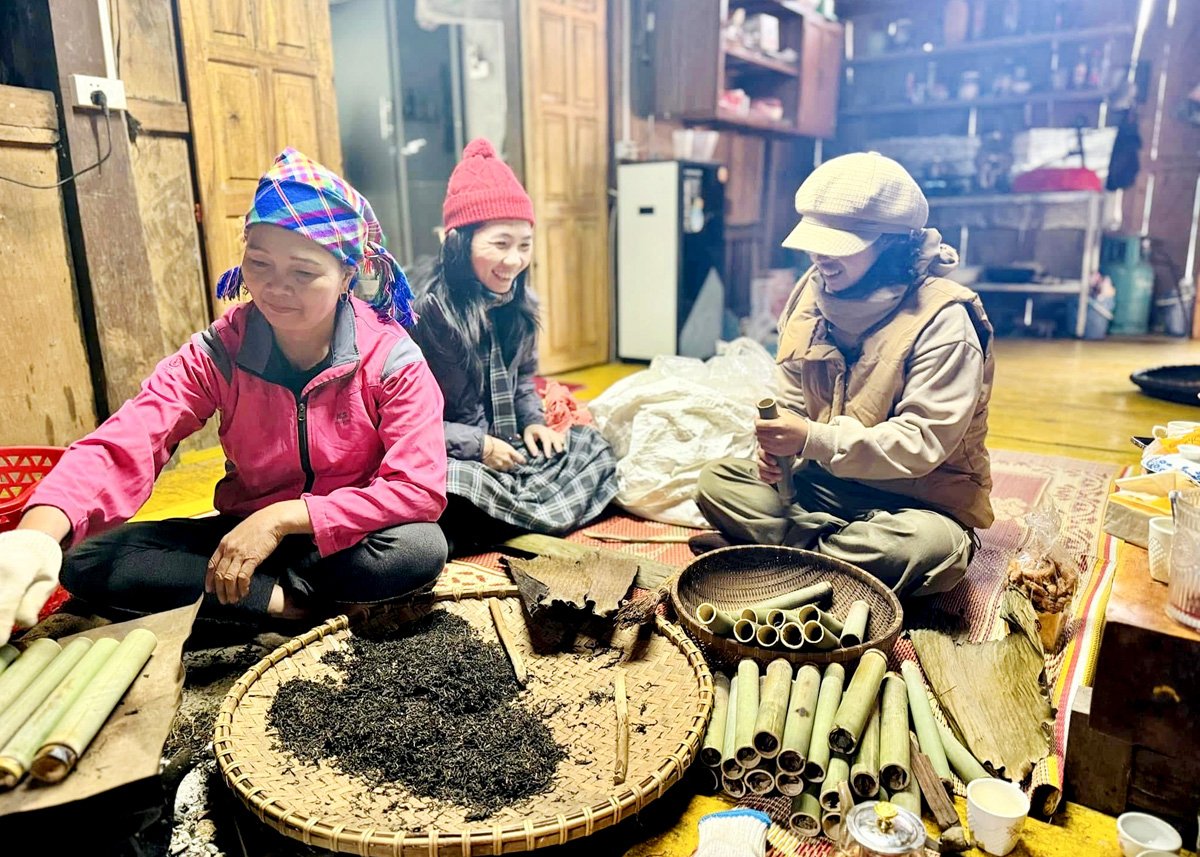

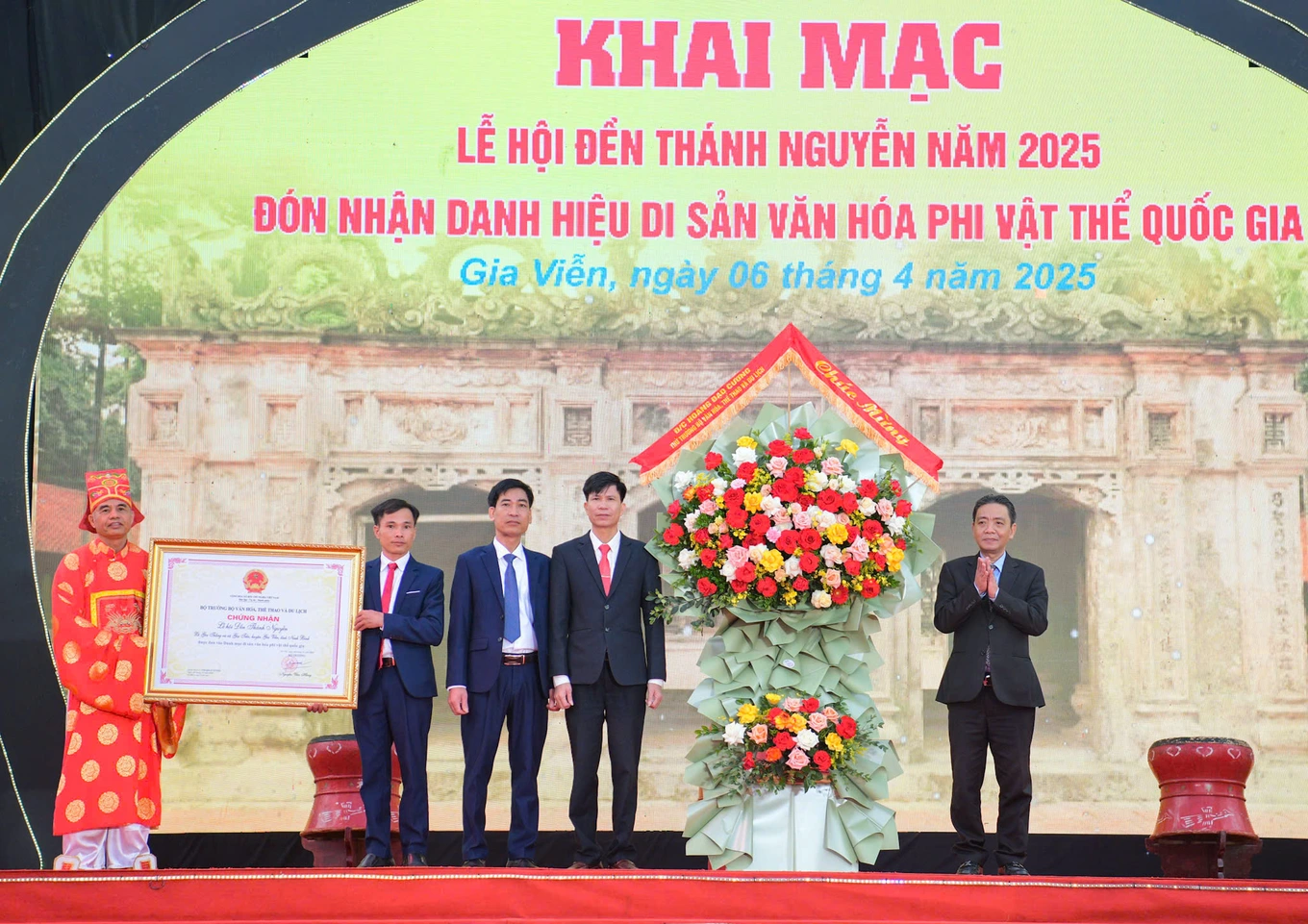

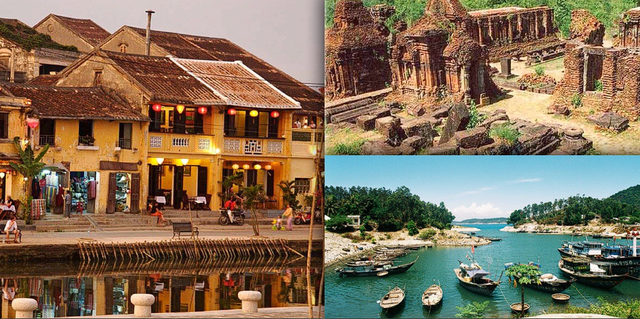

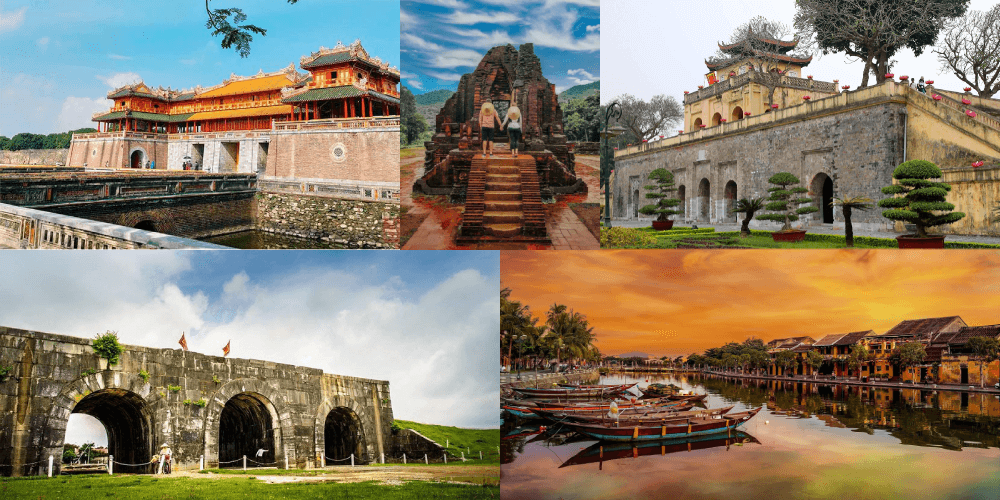

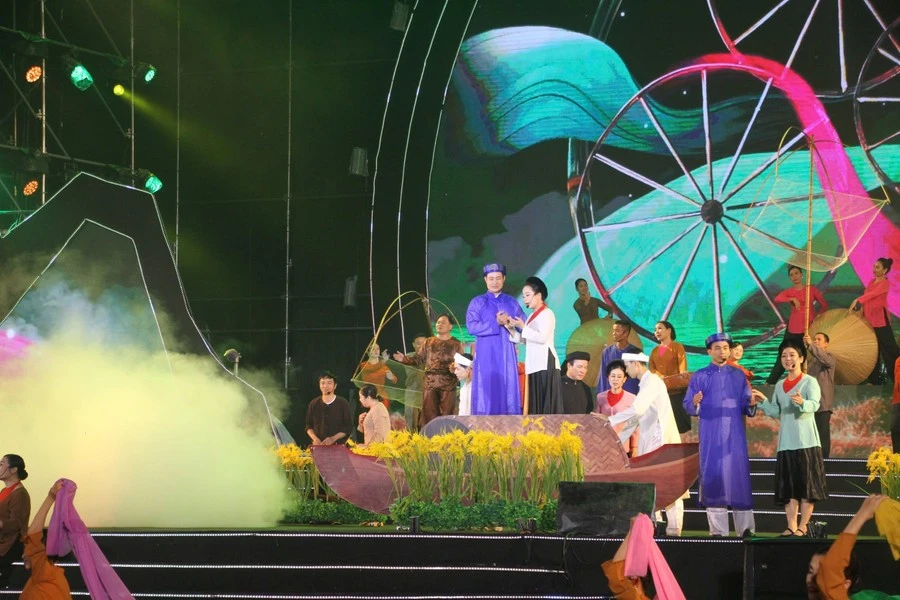





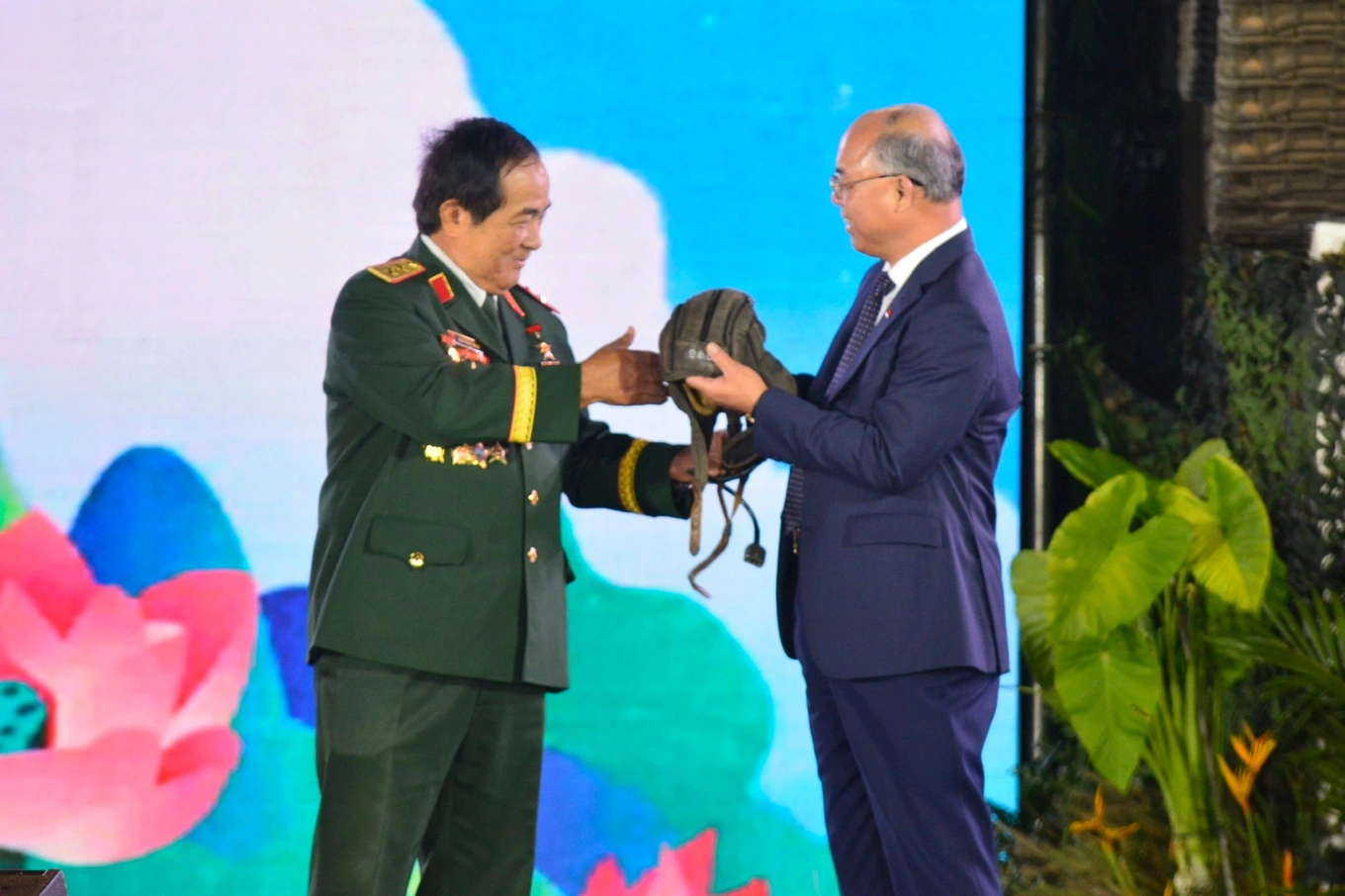
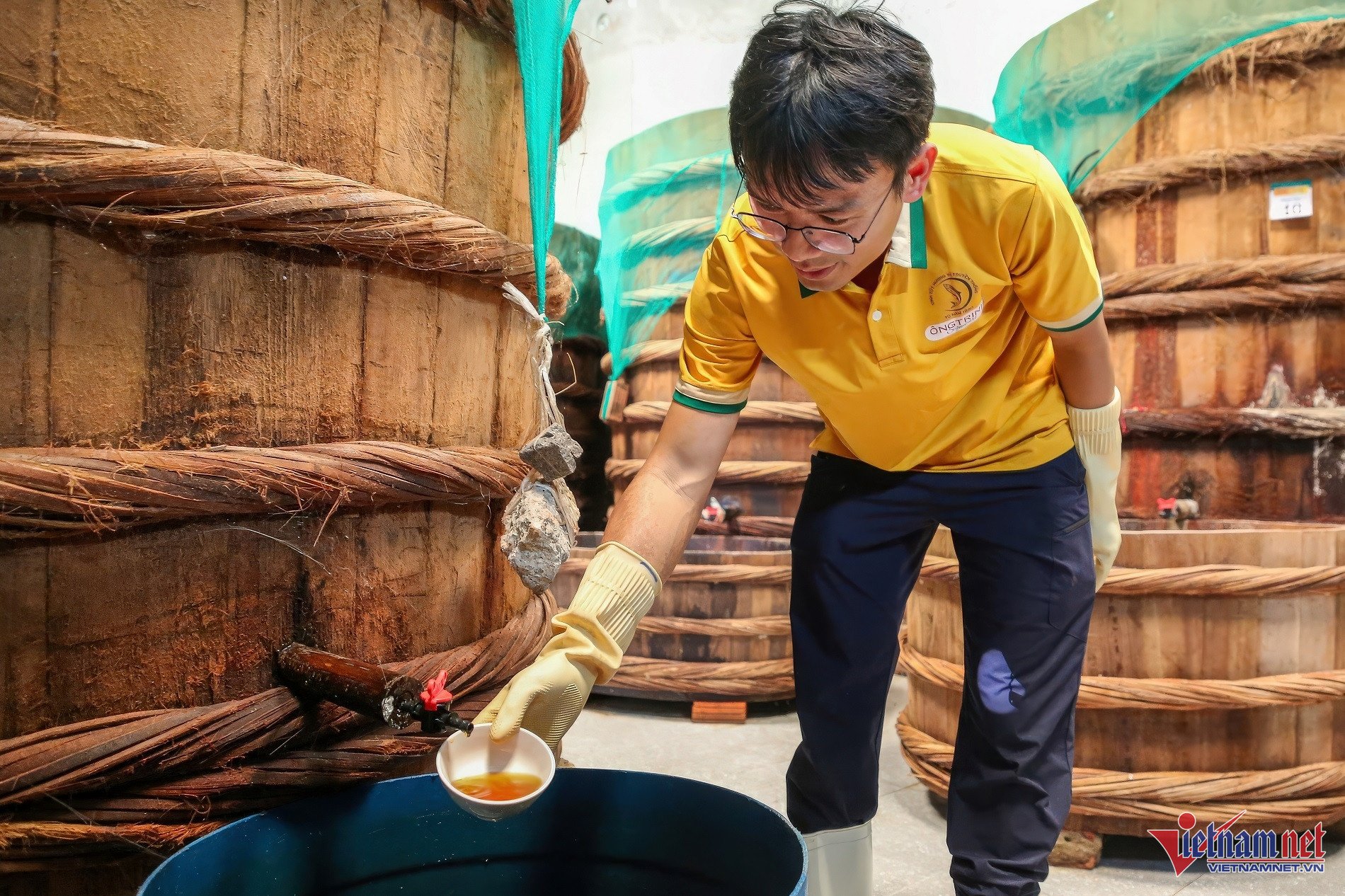

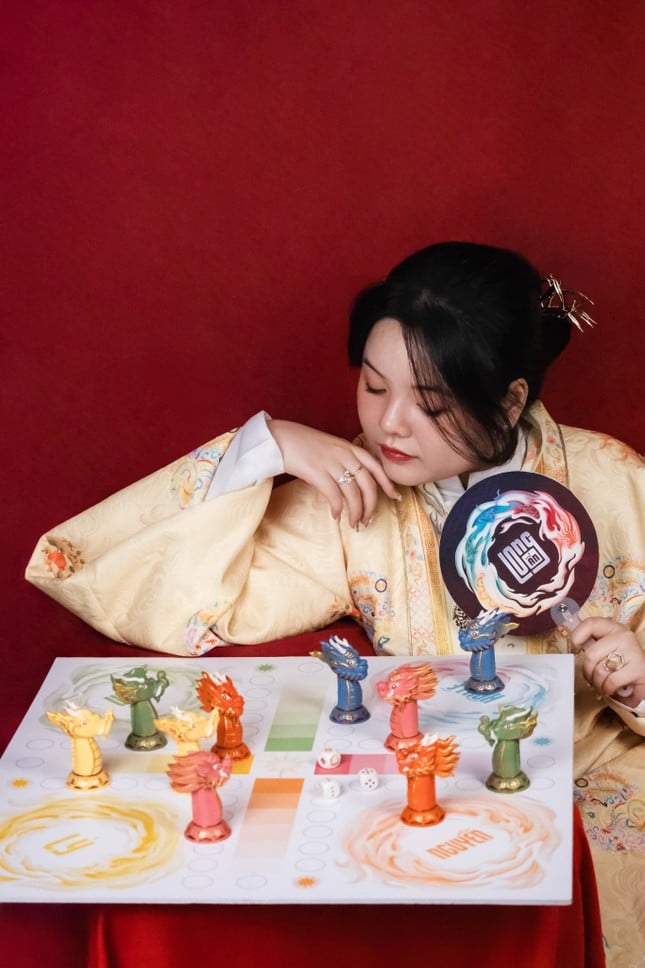

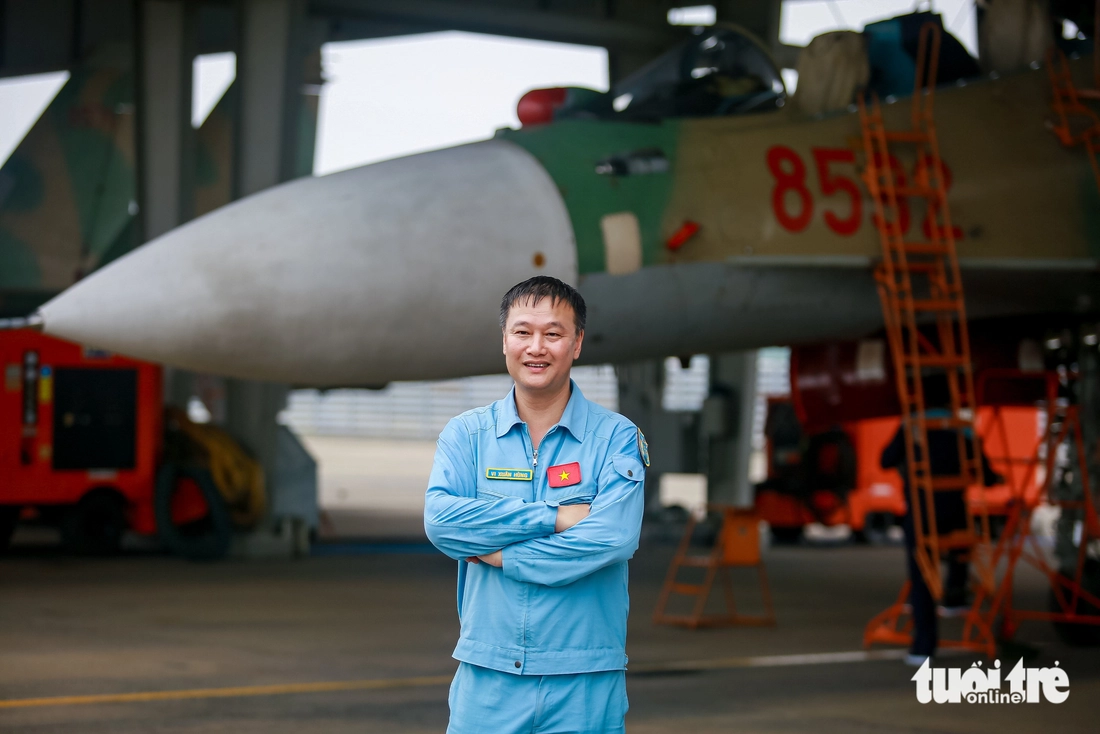




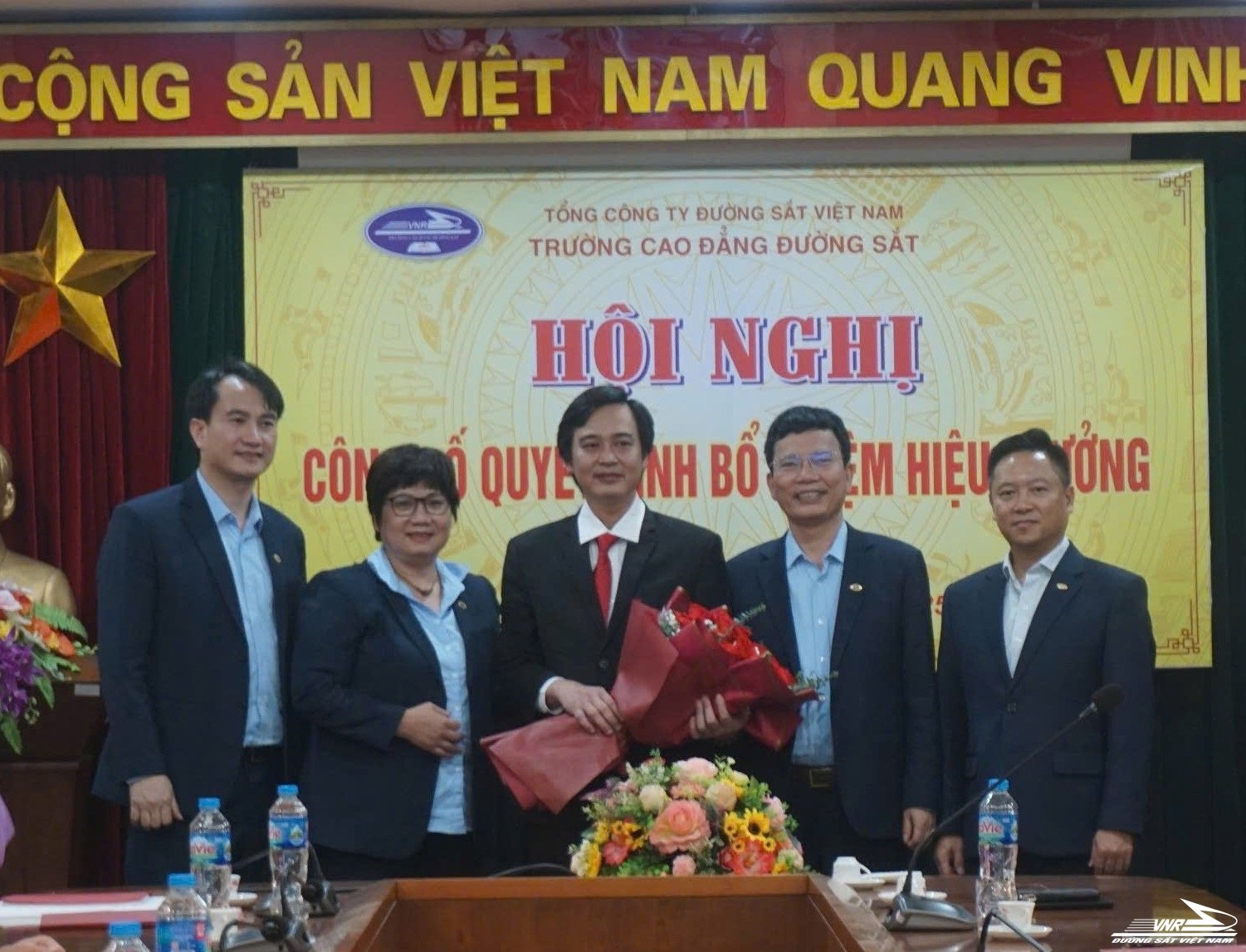
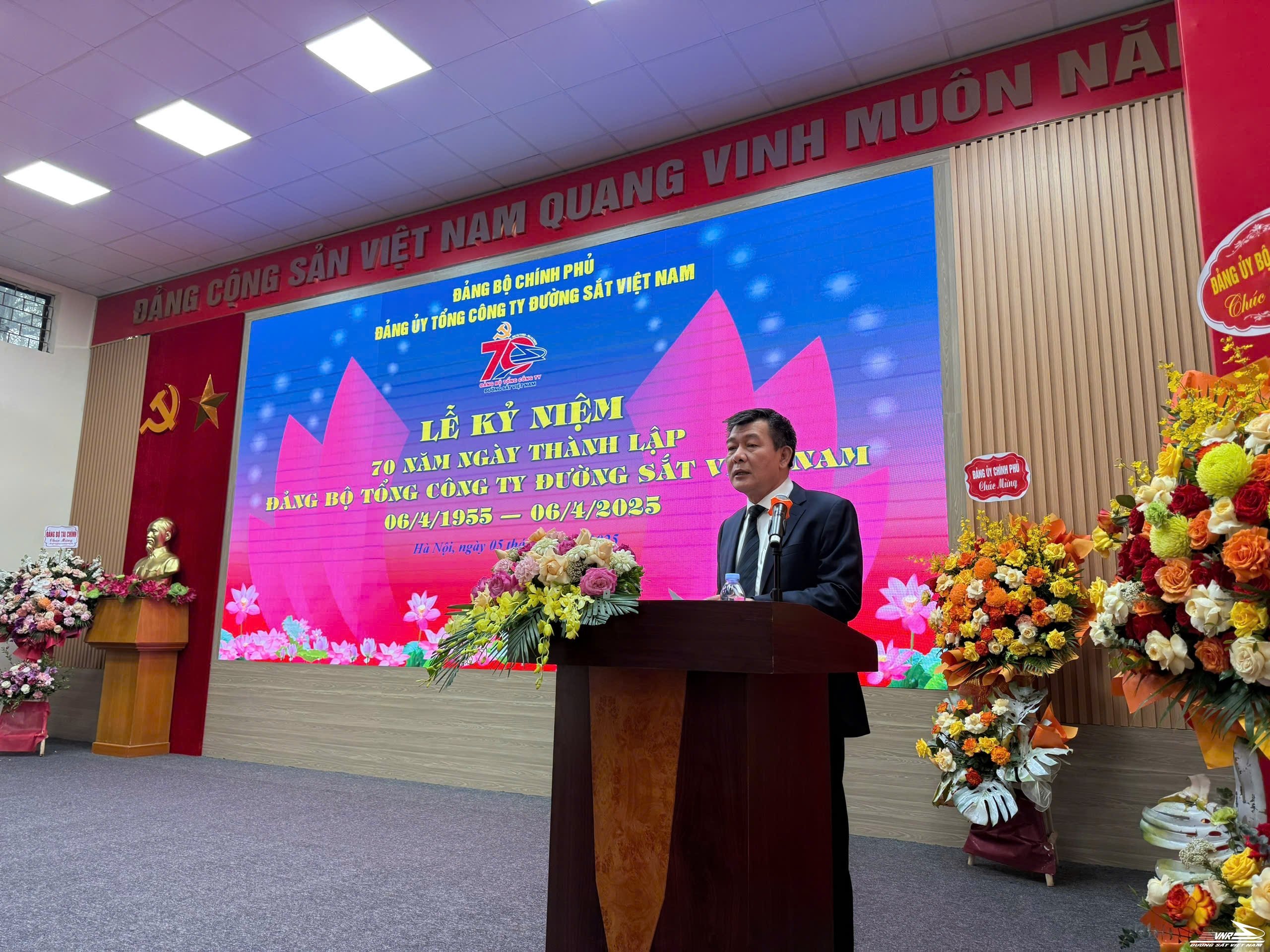


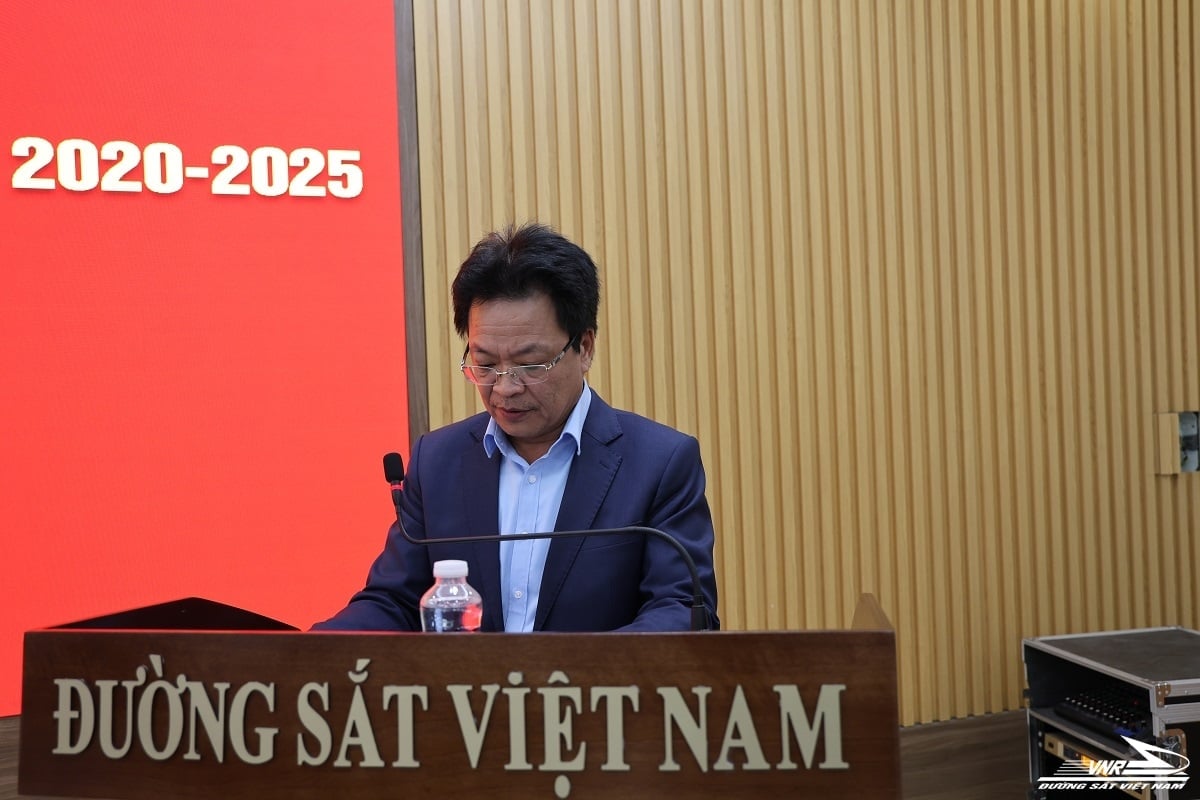


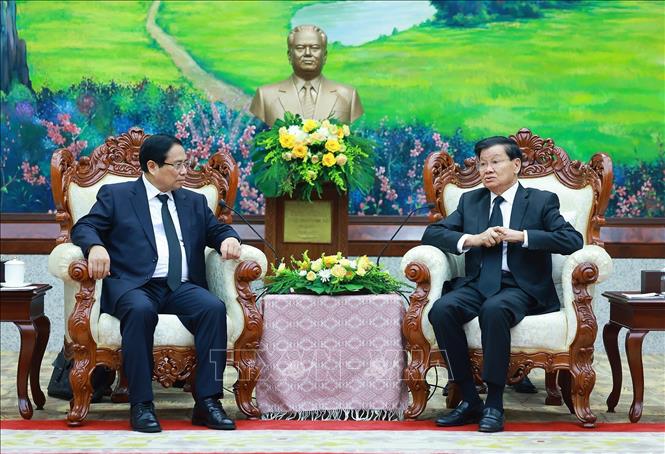

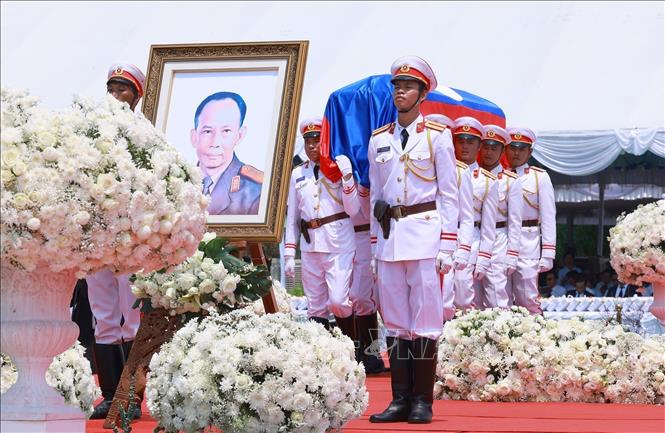
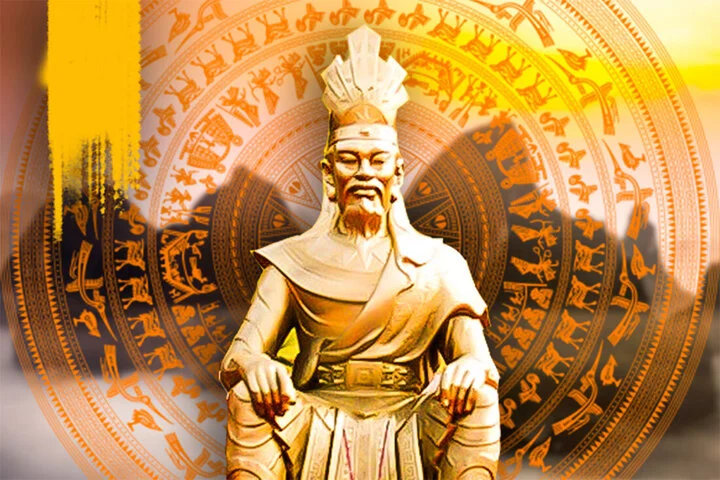
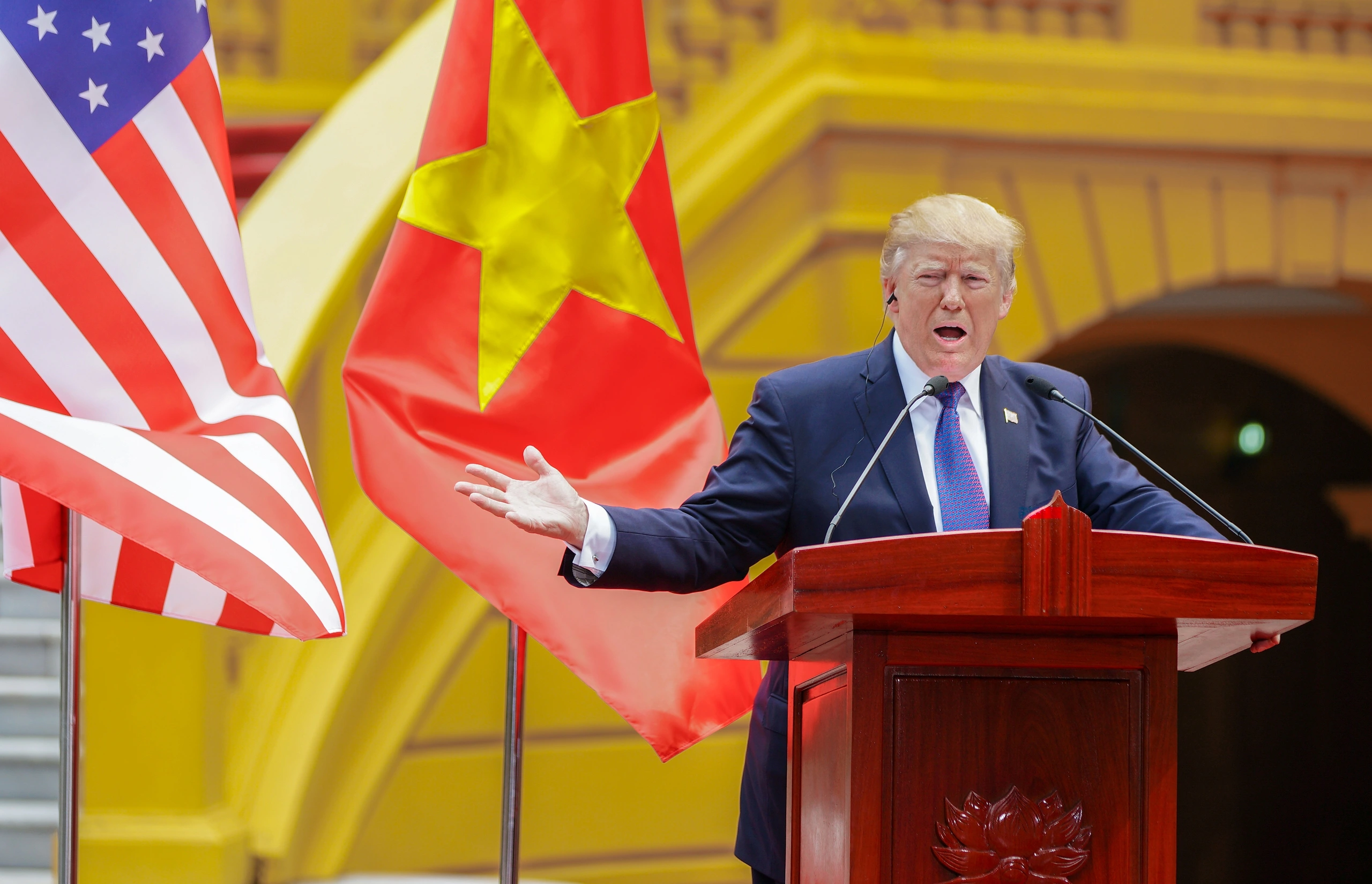









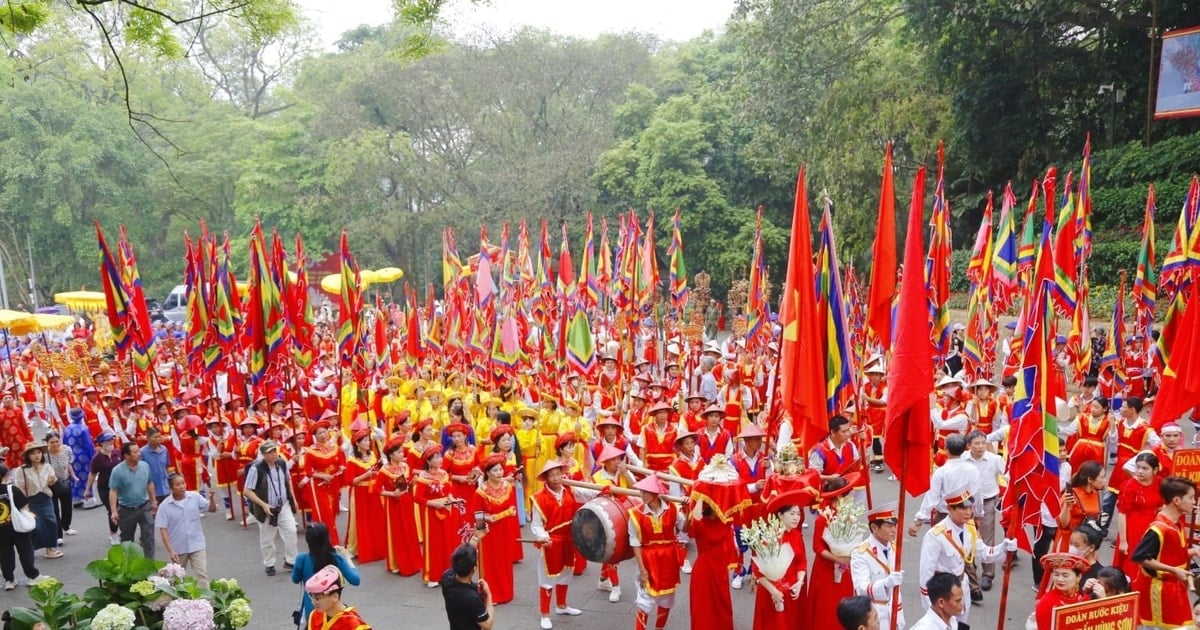



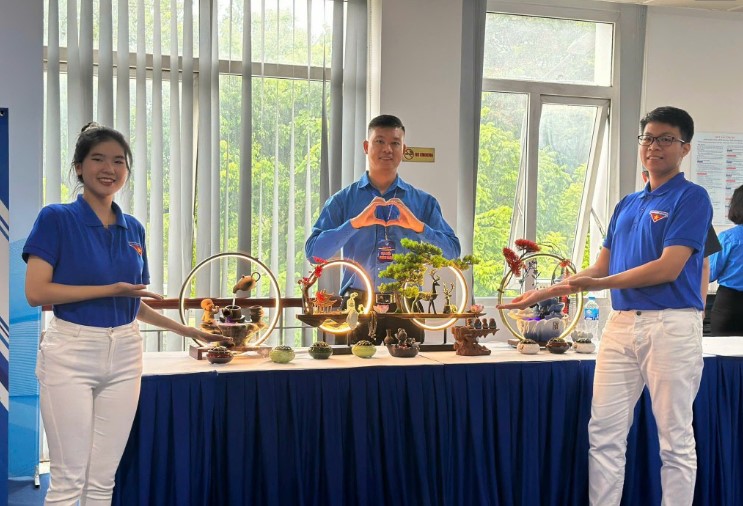
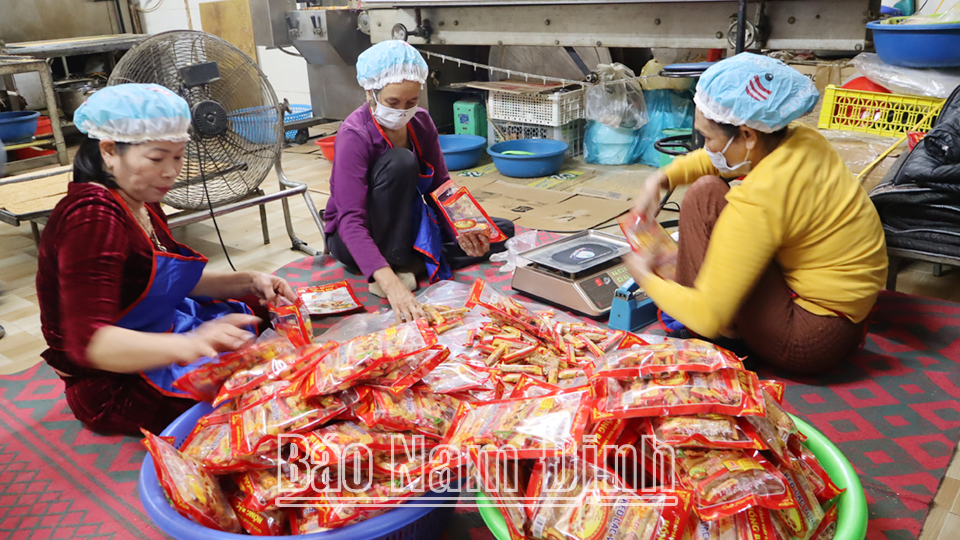





Comment (0)